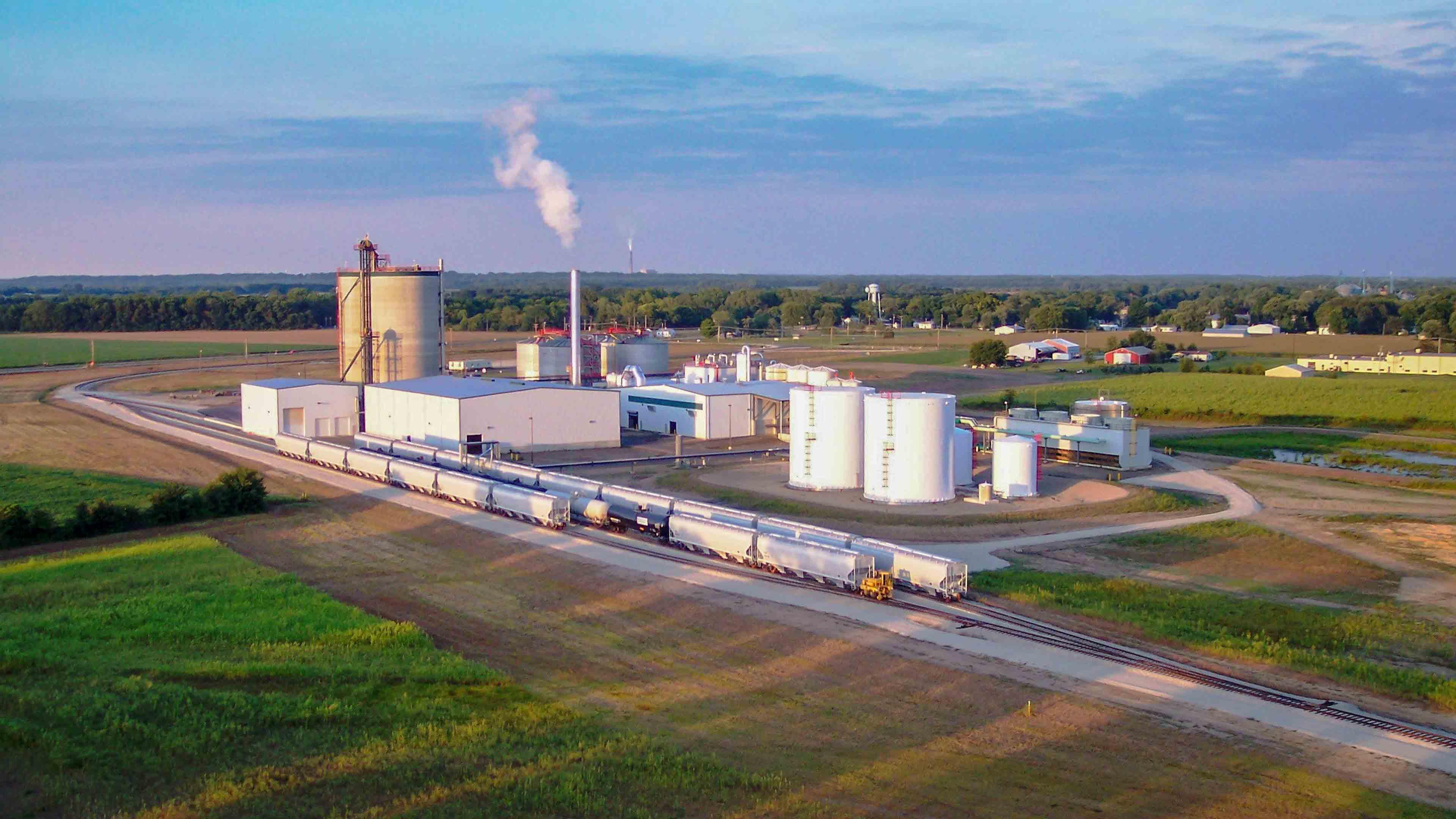The Role of Ethanol in America's Future

Ethanol has a long history of use as a gasoline additive in the United States. Prohibition in the early 20th century spurred initial commercial production as it was used as a solvent in medicinal tonics. During World War II, gasoline rationing led fuel suppliers to incorporate ethanol into blends to extend petroleum supplies. However, it was not until the 1970s energy crisis that the federal government began actively supporting ethanol through tax incentives and mandates. The 2005 Energy Policy Act established the Renewable Fuel Standard (RFS), which set annual volume targets for renewable fuels including corn ethanol. Over the subsequent decades, a robust ethanol industry developed centered in the Midwest corn belt. Today, most gasoline sold in the U.S. contains 10% ethanol blended as E10.
Challenges of Using Corn Ethanol
While corn ethanol production U.S. Ethanol has helped boost farm incomes and reduce gasoline imports, it also faces challenges as a long-term solution. Critics argue grain-based ethanol consumes considerable land and water resources and competes with global food demand. There are also debates around the true greenhouse gas reduction benefits compared to gasoline. Research shows corn ethanol provides around a 33% reduction in lifecycle emissions relative to gasoline, but this can vary depending on production methods and transportation distances. The concern is that as corn ethanol production increases to meet higher RFS volumes, these environmental impacts may outweigh the benefits. Alternative feedstocks are being explored, but corn remains dominant due to availability and existing infrastructure.
Future Outlook and Role of Advanced Biofuels
To address limitations of first-generation corn ethanol, policymakers and private industry are investing in next-generation or "advanced" biofuels produced from non-corn feedstocks like agricultural waste, woody biomass, algae, and new energy crops. These advanced biofuels have the potential for much greater greenhouse gas reductions compared to gasoline, ranging from 60-100%, depending on the type of feedstock and conversion process used. While advanced biofuel volumes remain small currently, the RFS includes annual targets that steadily increase through 2022 in an effort to commercialize these fuels at scale. Continued technology progress and federal support over the next decade will determine if advanced biofuels can displace a meaningful portion of petroleum use and provide new opportunities for farmers beyond corn. Regardless of challenges, many experts argue ethanol will supply at least 10-15% of America's transportation fuel for the foreseeable future due toBlend wall limitations of E15 and compatibility concerns with existing vehicle fleet and distribution infrastructure means ethanol above that percentage would require accelerated development and adoption of E85 capable "flex fuel" vehicles or renewable substitution into other fuels like diesel or jet fuel. Considering petroleum's projected ongoing global demand growth, continuing to optimize corn ethanol and commercialize cellulosic ethanol remains important both environmentally and economically. With ongoing innovation, ethanol is likely to play a role in helping the U.S. transition to a lower-carbon transportation sector for decades to come while new alternatives like electric vehicles work toward disrupting dominance of liquid fuels over the longer term.
For more insights, read- U.S. Ethanol
Check more trending articles related to this topic: Sustainable aviation fuels Market
- Art
- Causes
- Crafts
- Dance
- Drinks
- Film
- Fitness
- Food
- Games
- Gardening
- Health
- Home
- Literature
- Music
- Networking
- Other
- Party
- Religion
- Shopping
- Sports
- Theater
- Wellness
- IT, Cloud, Software and Technology


